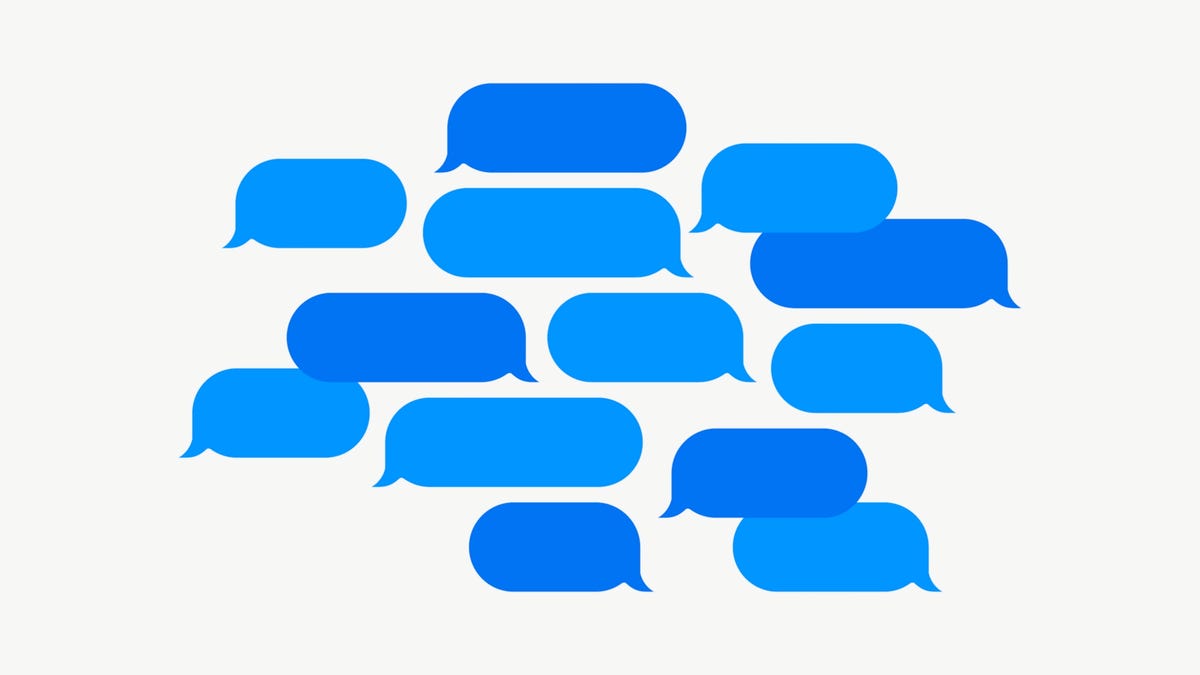Apple hopes iOS 15 can tame the app notification deluge
The average person gets dozens of push notifications each day.

Everyone wants a piece your time.
The average US smartphone owner receives 46 push notifications each day, telling them about the latest news, a friend's response to their latest post or an alert that an item they ordered online was just delivered. Whatever it is, it's a lot, which is why Apple wants to do something about it.
The tech giant on Monday announced a trio of software updates for its iPhones, iPads and Mac computers designed to help us tame the attention-hungry apps we download. Starting in the fall, the free iOS 15 and iPadOS 15 software updates will make notifications easier to read, with photos next to people's names when they message us, for example.
The software will attempt to aggregate non-time-critical notifications we miss into a summary, delivered when the day's a little calmer. And Apple's new focus feature, which allows us to choose which apps can grab our attention when, will attempt to corral alerts across iPhones, iPads and computers running the upcoming MacOS Monterey software.
"There may be periods of your day where you want to be totally focused on work, or maybe you just want to be fully present with your family at dinner," Craig Federighi, Apple's head of software engineering, said during the company's annual Worldwide Developers Conference on Monday. "We want to free up space to focus and help you be in the moment."
Apple's efforts to improve notifications are just the latest way the company plans to refine its devices with free software updates planned for the fall. The company also plans to expand access to its FaceTime video chat technology beyond Apple devices, offer improvements to its Siri voice assistant and bolster privacy while surfing the web.
But it's the company's continued push on our attention that stands out. For years, many techies throughout Silicon Valley have sought a sort of productivity nirvana by finding whatever mix between work and play works for everyone. There've been many trends around this, including Getting Things Done and Inbox Zero, both designed to help people cut down on the exhausting mental load that comes with the daily barrage of information from work and life in the modern world.
In the past few years, Apple, Facebook and Google have introduced technologies to help with notifications in particular. Each has introduced setting limits on when an app can try to grab your attention. Apple and Google have gone a step further, introducing tools called Screen Time and Digital Wellbeing, both designed to educate people on how much they use their devices and help get them away from the screen, when they want to. And considering people made 218 billion app downloads last year, according to data compiled by Statista, we may need all the help we can get.
"People inherently want to be notified by lots of things, but then it just becomes overwhelming," said Mike McCue, who heads up Flipboard, one of the apps I rely on for news alerts. "Notifications are a very powerful thing. But with great power comes great responsibility. And the challenge for everybody is, how do you balance all this?"
Never enough
Apple used its annual developer event to discuss new software planned for its iPhones, iPads and Mac computers.
For some people, 46 notifications is probably a lot. My iPhone says I average about 416. Granted, half are social media and news alerts, with the rest spread among messages, instant messages and email. But it's also probably why, when I first heard about Apple's Focus feature, I thought it was a nice idea but wondered how many people would truly be able to take control of the constant pings from their phone.
But Apple may have thought about that too. When a user turns on a Focus feature on their phone, it alerts other iMessage users that they're busy or driving or otherwise preoccupied. That's why Creative Strategies analyst Carolina Milanesi was drawn to Apple's statement that its Do Not Disturb and Focus features are as much about reducing the apps nagging for your attention as they are "about drawing boundaries for yourself."
"The notification of status in Messages is about taking pressure off on both sides," Milanesi said.
See also
It's unclear whether Apple can help us to tame this endless stream of notifications, but it's likely not the last time Apple will work on it.
"Our attention is being pulled in so many directions, and finding that balance between work and life can be tricky," Federighi said Monday. "We think together, these tools are a really powerful way to help you find balance."

